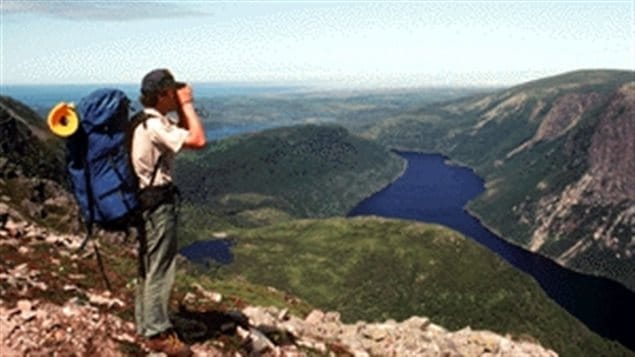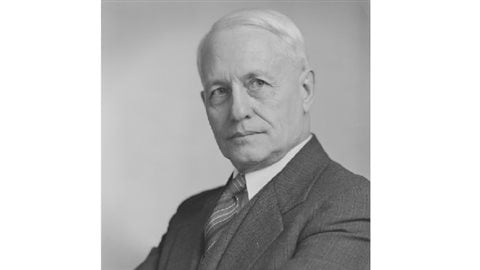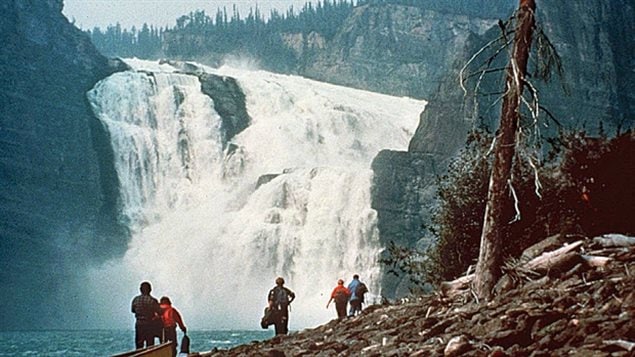The world’s first national parks administration
Canada’s national parks are sites of incredible natural beauty, with some also declared World Heritage sites, and it started on this day in 1911 with the creation of the Dominion Parks Branch of the Department of the interior.
As far back as 1885 some lands in the Rocky Mountains had been designated as protected, but that protection lacked any real regulatory strength. In 1887, the ‘Hot Springs Reserve” and area became the first ‘national park’ and what is now Banff National Park. Others followed in later years, by Yoho, Glacier, and Waterton lakes for example.
But there was also a different interpretation back then of a park and forest reserve. Parks at that time were within reserves and considered as places of potential development in harmony with nature, ie semi-developed only, while a surrounding forest reserve was rich in commercial development potential such as in timber leases, and which excluded tourism.
In 1908 with tourist interest growing in Canada’s wilderness, accompanied simultaneously with an early conservationist movement, Parliament had decided that Parks and reserves should be administered centrally with rules for forestry management and tourism.

Canada’s system of national parks became reality when the “Dominion Forest Reserves and Parks Act” received Royal Assent on May 19, 1911
JB Harkin was appointed the commissioner, and with a budget of $200,000 and seven employees in the Ottawa office, he was to help in establishing promotion and administration of these areas.

He convinced government to create better protection and by changes to the Act in 1913, gained authority to create new parks and expand existing ones.
“It is just possible that you may not know that Canada is rich in national parks and yet these parks are your parks and all the wealth of beauty and opportunity for enjoyment which they offer are yours by right of heritage because you are a Canadian. National Parks exist for the people. They are the people’s share of the natural beauty of mountain, lake, and stream.” : J.B. Harkin, Just a Sprig of Mountain Heather from the Canadian National Parks, 1914
Between 1914 and 1930, some 13 new parks were created, and to promote tourism to the parks his office produced annual reports filled with photos of majestic scenery.
He then sent his secretary, Mable Williams to visit the various parks and write about them in travel books highlighting scenery and history to be available free of charge.
History of Mabel Williams- Dominion Parks
Through the Heart of the Rockies and Selkirks: Canada’s National Parks (1921) was the first publication written by Williams, and was a success, Others followed ranging from 40 to 175 pages, and with her romantic style, gave Canadians a sense of identity rooted in the Canada’s nature, it’s forests, lakes, mountains and wide open spaces.
“..out of the dreams of a few far-visioned men have come the National Parks…” (Parks guidebook)
Continued promotional writing and lectures by Harkin resulted in tourism doubling in just a few years.

As a result the National Parks Act was created in 1930 giving further powers to select and manage areas of natural and cultural heritage to preserve and protect them for all future generations in a process that continues in Canada to this day.
In the words of one of Harkin’s Parks guidebooks, The Banff-Windermere Highway, Mabel Williams wrote. “Out of the dreams of a few far-visioned men have come the National parks and the National highways of to-day. Is there not room to believe that the final outcome will exceed all their imaginings and that both are only entering upon their possible service to humanity; that they may in the end prove for all the people to be roads back to a healthier and fuller contact with nature, to a wider and deeper love of country and a richer and more joyous life? “
The Canadian Parks and Wilderness Society has since named its highest honour the Harkin Award, and sums up his reputation by stating, “Often called ‘The Father of National Parks’, J. B. Harkin developed the idea of conservation in Canada.”







For reasons beyond our control, and for an undetermined period of time, our comment section is now closed. However, our social networks remain open to your contributions.